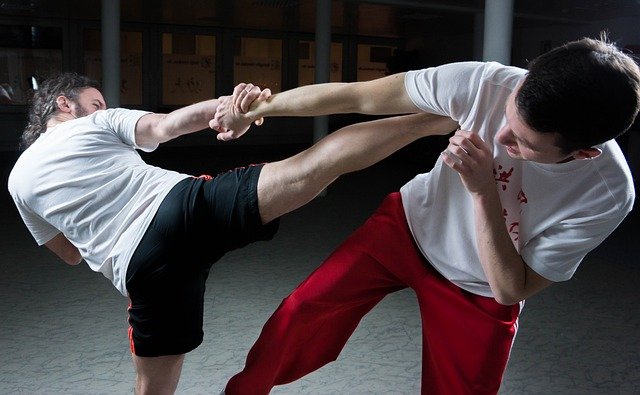Coaching Methods That Accelerate Skill Development
Effective coaching methods combine deliberate practice, structured training, and targeted conditioning to speed skill acquisition. This approach balances technique work, fitness development, tactical strategy, and recovery planning to prepare athletes for competition while minimizing injury risk and supporting long-term athleticism.

Coaching Methods That Accelerate Skill Development
Coaching that accelerates skill development starts with clear objectives, consistent feedback, and practice that mimics real competition. Coaches design training sessions that combine technical drills, physical conditioning, and situational strategy so athletes improve technique while adapting to the pressures of game scenarios. Consistent, measurable progress is prioritized through sequences of focused repetitions, varied practice, and regular assessment to track performance gains.
This article is for informational purposes only and should not be considered medical advice. Please consult a qualified healthcare professional for personalized guidance and treatment.
How does structured training improve technique?
Structured training breaks complex movements into component parts and sequences skill acquisition from simple to complex. Coaches use progressions that emphasize correct technique before adding speed or resistance, integrating deliberate practice and repetition in short, focused sets. Video review and immediate feedback reinforce motor learning, while coaches monitor fatigue and recovery to ensure quality repetitions. Over time, this approach refines movement patterns and reduces technical errors during competition.
How does conditioning build endurance and agility?
Conditioning programs develop the physical foundation necessary for repeated high-quality practice and improved athleticism. Incorporating interval work, plyometrics, and sport-specific drills enhances cardiovascular endurance and neuromuscular coordination for better agility. Periodized conditioning balances intensity and recovery to avoid overtraining, allowing athletes to maintain speed and sharpness throughout training blocks and into competition. Conditioning also supports injury prevention by strengthening movement resilience.
How does coaching influence performance and teamwork?
Coaching methods that emphasize communication, role clarity, and shared objectives foster better teamwork and on-field performance. Small-group drills and competitive scenarios promote decision-making and tactical awareness under pressure, translating individual skill gains into coordinated team actions. Coaches who integrate feedback loops — combining praise for correct execution with targeted corrections — help athletes internalize habits that improve performance in real-game conditions.
How do nutrition and recovery support athleticism?
Nutrition and recovery are integral to skill development because they determine how well athletes respond to training stimuli. Appropriate fueling supports energy for intense training and aids in muscle repair, while hydration and nutrient timing influence endurance and cognitive focus. Recovery practices — including sleep, active recovery, mobility work, and planned rest days — support adaptation to training loads so athletes can sustain higher-quality sessions over time and reduce the risk of setbacks.
How can analytics shape strategy and conditioning?
Analytics provide objective measures that guide coaching decisions about technique, conditioning, and strategy. Wearable data, video analysis, and performance metrics reveal patterns in movement efficiency, workload distribution, and situational outcomes. Coaches use these insights to individualize training loads, identify technical deficiencies, and prioritize interventions that yield measurable improvements in performance while managing injury risk and optimizing conditioning plans.
How to integrate drills for skill, strategy, and competition?
Integrating drills that combine technical demands with tactical decision-making accelerates transfer to competition. Examples include small-sided games that increase touches and decision frequency, constraint-based drills that force creative solutions, and progressive scenarios that simulate end-of-game pressure. Variable practice — changing contexts, speeds, and opponents — enhances adaptability, while repetition under realistic fatigue conditions improves consistency during competition.
Conclusion
Accelerating skill development requires a holistic coaching approach that blends targeted technique work, structured training, progressive conditioning, and thoughtful recovery. Using analytics and feedback to guide individualized plans helps maintain consistent progress and supports team strategies that reflect competition demands. When coaching emphasizes measurable practice, balanced physical preparation, and nutritional and recovery support, athletes are better positioned to translate training gains into improved performance.





